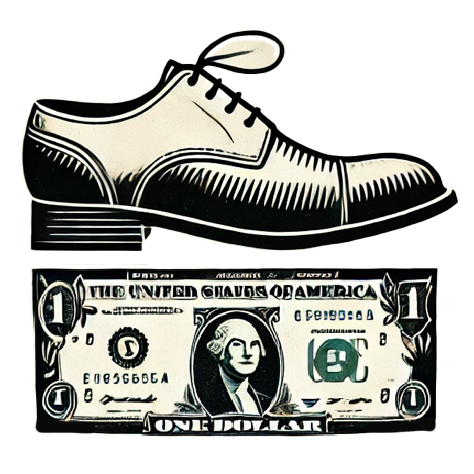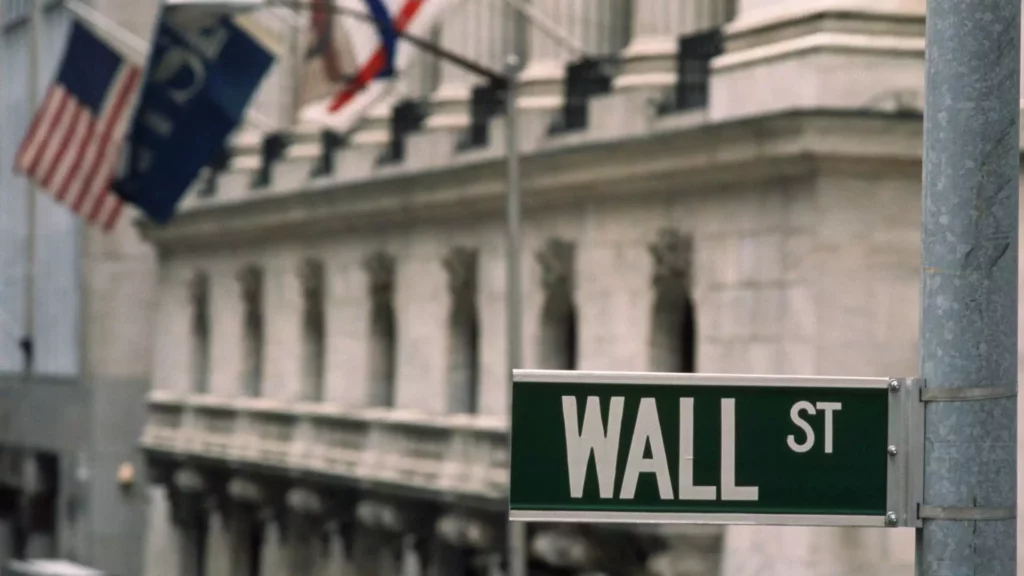As we venture into 2025, anticipation for an IPO renaissance swirls in the air, yet the reality has thus far proven disheartening. The latest wave of initial public offerings has lacked the vigor one would hope for, as they have generally floundered upon release. Despite the optimism from Nasdaq’s president, Nelson Griggs, who posits that the second half of the year could manifest a reawakening, the current mood reflects a market that is hesitant and uncertain. In a landscape where innovation and capital should be par for the course, we instead find an environment that is warily tip-toeing around the very concept of going public.
The IPO process itself might be undergoing an identity crisis. Companies like Panera Brands face numerous hurdles that culminate in an extended and painful wait for a successful public launch. Meanwhile, spinoffs like Twin Peaks are birthed not from the excitement of new ventures but as stopgap measures to manage debt—a glaring indication that financial motivations are shrouded in desperation. When firms with promising growth, like AI startups such as OpenAI, prefer to court private backers instead of exploring the public market, it’s evident that something has gone awry. It raises critical questions about whether the allure of public markets can still compete with the vast resources and flexibility found in private investments.
Griggs’ metaphor of the IPO market as a swinging pendulum begs scrutiny. The suggestion that we will inevitably experience a resurgence overlooks the nuanced reality facing many businesses today. The traditional pathways leading to public offerings erected by decades of economic patterns are now riddled with obstacles. A mere resurgence in market activity is not a guarantee that the pendulum will swing back with force. In fact, it could simply settle at an unremarkable midpoint where innovation stagnates under the weight of market skepticism.
The tools available to private companies for fundraising have certainly expanded, showcasing some semblance of liquidity. However, Griggs’ insistence that this doesn’t alter the fundamental motivations for public offerings may be misplaced. Yes, it is true that companies can now raise substantial funds without the rigors associated with an IPO. Yet, such an environment may ultimately lead companies to become excessively reliant on private capital, at the expense of establishing a solid publicly traded entity—an outcome that could undermine the very fabric of market dynamics.
While Griggs expresses faith that the tide will turn, the reality on the ground speaks more to a cautious navigation among businesses wary of the pitfalls of going public. The market sentiment remains perilous, and the signs indicate that 2025 may not be the year to crown as the great IPO comeback year. It becomes increasingly essential for potential IPO candidates to critically evaluate their paths rather than blindly follow the historical trend of public offerings in hopes of capital infusion.

